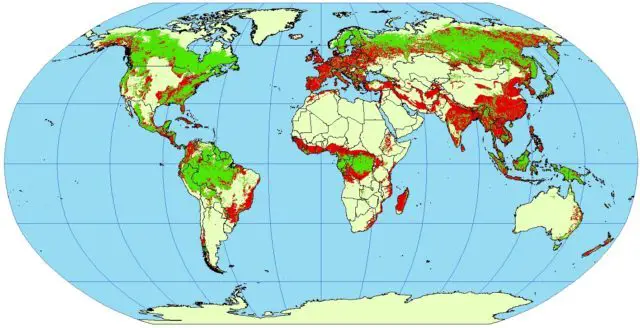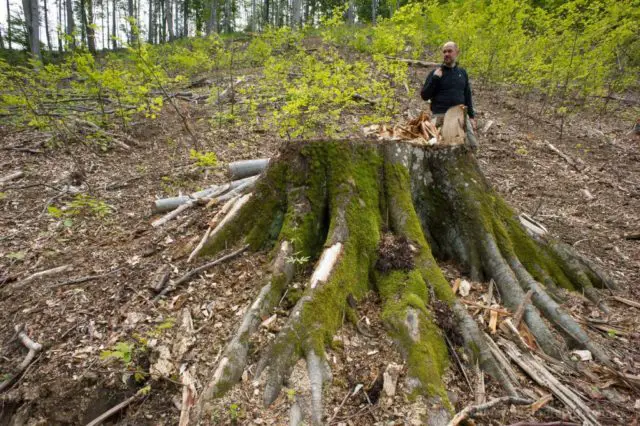Between 2014 and 2016, the virgin forests of the world lost an area of 90,000 square kilometers per year. That area is equivalent to almost the double of Costa Rica‘s territory (51,100 Km2), so several experts are on alert to consider that the pace of destruction has accelerated since the beginning of the 21st century.
Despite some efforts to combat deforestation, almost 10% of the world’s primary forests were parceled, degraded, or simply destroyed since 2000, according to satellite image analysis presented at a conference on intact forests in Oxford.

On average, they are more than 200 square kilometers lost per day for 17 years.
“The degradation of intact forests is a global tragedy because we systematically destroy a key element of climate stability”, said Frances Seymour, an expert with the World Resources Institute (WRI) and who participated in the research. “Forests are the only safe, natural, proven, and financially affordable infrastructure to capture and store carbon”, he added.
Virgin forests also have a crucial role for biodiversity, as well as for air and water quality. Some 500 million people depend on them to survive.
The intact forest landscape, which includes wetlands and meadows, is defined by the absence of major human activity over an area of at least 500 square kilometers, which means that there should not be roads, intensive agriculture, mines or railways in this area. However, in January 2017, around 11.6 million square kilometers of forests responded to this criterion.
“Numerous countries can lose all their wild forest lands between the next 15 and 20 years”, warns Peter Potapov, of the University of Maryland, who directs the investigations.
At the current rate, the primary forests will have disappeared by 2030 in Paraguay, Laos, and Equatorial Guinea, while by 2040 the same will happen in the Central African Republic, Nicaragua, Burma, Cambodia, and Angola. “At any given time there may not be any area in the world that we could describe as intact”, said Tom Evans, of the Wildlife Conservation Society, who described the situation as disturbing.

The main responsibility for this deforestation varies, depending on the place; agriculture and forestry in tropical countries; fires in Canada and the United States; fires, mines, and drilling in Russia and Australia… And they are just some examples.
Compared to the period 2000-2013, Russia lost an average of 90% more forest territory each year between 2014 and 2016. That percentage is 62% in Indonesia and 16% for Brazil.
The figures are the result of analysis of satellite images compared with similar studies made in 2008 and 2013. These high-resolution data “allow us to detect the alterations caused by man, and the fragmentation of virgin forests”, explained Peter Potapov, whose results released this week will be subjected to the usual evaluation process by their peers before publication.
The scientist also criticized the effectiveness of the system of certification of the sustainable development of the forest industry Forest Stewardship Council (FSC).
Created in 1994, with the support of NGOs such as World Wildlife Foundation (WWF), this certification promotes a “socially beneficial forest management”, and the preservation of forest resources and aims to allow “businesses and consumers to be able to make informed choices”.
About half of the intact forest landscapes in FSC certified concessions were lost between 2000 and 2016 in Gabon and the Republic of Congo, according to new figures. Also, in Cameroon, 90% of the forests monitored by the FSC disappeared. The FSC “is not a tool for their protection”, Potapov insisted.
On the other hand, the United Nations Development Program (UNDP) and several NGOs gathered in an initiative named Nature4Climate launched a call to invest more in forests and in the use of land, a “forgotten sector” of the struggle against change climate.
